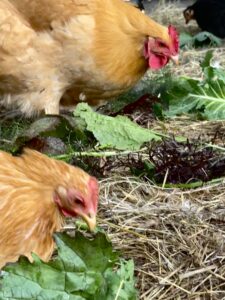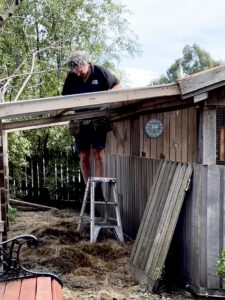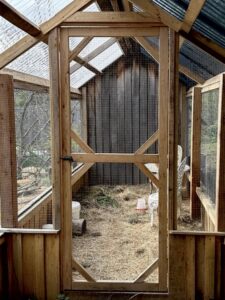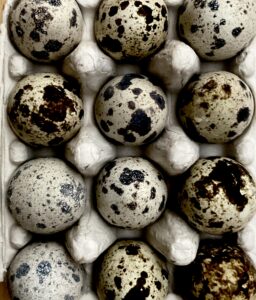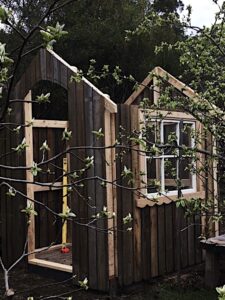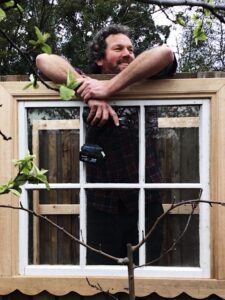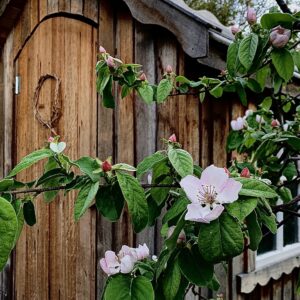Michael Van Heel ABN: 30159774409
Home
ABout
Portfolio
Contact
~ specialising in bespoke carpentry and joinery ~
Blog POSTS
Michael Van Heel. ABN: 30159774409
Henhouses/Poultry houses.
November 1, 2024
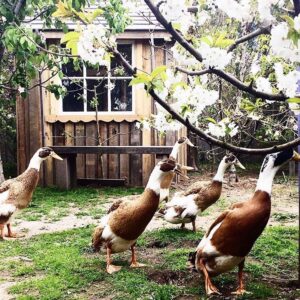
A henhouse or poultry enclosure is a cost effective way of adding capital to your property. Especially now since a vegetable garden and henhouse/poultry enclosure has become the backbone of a household being more sustainable and less reliant on supermarket prices. It is a wise investment.
I’m really happy to work to your design and have included photos of henhouses, duck houses, and quail houses that I have made previously, some have featured in Australiasian Poultry Magazine and Grass Roots Magazine.
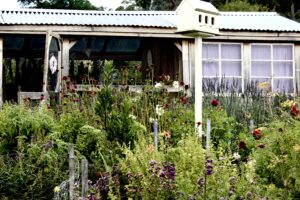
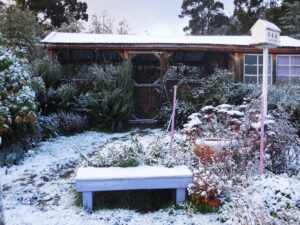
Photos above: This henhouse has appeared in Grass Roots Magazine. The large henhouse is multi purpose, on the right is an enclosed area accessed from a door inside the henhouse. This area is fully insulated and is where the hens sleep safely at night, it is also doubles as a small hayshed that holds 25 haybales.
Planning:
When planning your henhouse/poultry enclosure always consider this first: plan for the worst case conditions; high summer when it is so dry and hot, and bog wet/or snowing in the cold depths of winter, how can you give your pets the best optimal conditions during these times? This is our number one question and rule for when we would like to bring an animal home.
Consider how many birds you will be housing and plan the size of your henhouse to prevent overcrowding. Morning sunshine and good ventillation are key factors.
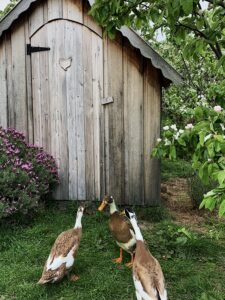
Pricing:
There are a few factors to consider which is why I never give a “rough” estimate when asked because I do not want to mislead you.
Price depends on the size of the henhouse, the materials used and location – where the henhouse is to be built.
Size: Is it an extension to the henhouse you already have, maybe you are adding a poultry enclosure to the side of a shed/garage or are you starting from scratch (which can be easier).
Materials: All new materials, some second hand windows or a door that you or I have sourced or do the windows and doors need to be made to your design eg. an arch shaped door. I prefer to use rough sawn, green Tasmanian Oak, as it dries it may change a little to its natural shape but I find this charming and adds character. Plus, it is a nod to the history of the Huon Valley. This option is far cheaper than using dressed, kiln dried Tasmanian Oak. Another option is cement sheeting with a groove in it that looks a lot like shiplap.
*Second hand/salvaged building timber is hard to find, the timber often isn’t in the right lengths or thickness for a specific job, it can split easily, often needs de-nailing or stripping the paint (which can be lead based). The look isn’t cohesive and there is lots of fiddling about patching together. All these things for me take time and time is money. Building a henhouse from rough sawn, green Tasmanian Oak is an efficient use of materials, time and labour costs. To put it plainly you get a better quality building for your money and exactly what you want.
Location: Does the area need to be cleared and levelled? Please make sure that I can safely get to the area where the henhouse is to be built.
Photo’s L-R: Extending the back of a henhouse, the birds weren’t able to free range any longer unless supervised due to hawks visiting the garden. This area also acts as a deep litter system for composting.
Above L-R: Even though quail are small birds they do need a large area to potter about. Half the quail pen is enclosed with a small trap door that opens into this fully enclosed undercover area. Sesame the male quail. Quail eggs.
If you would like to move forward with an inquiry please send photos of the site where you would like the henhouse, measurements and some photos, write down a wish list, have a look at Pinterest or draw up a plan, I’m really happy to work to your designs and inspiration board.
Until next time,
Michael
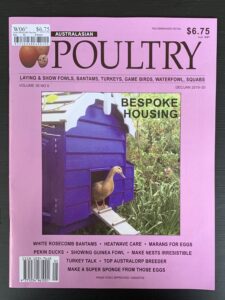
Above: Rosanna the duck and a duck house that I made on the cover of Australiasian Poultry magazine.
Thank you for your message.
I hope to get back to you as soon as possible.
Contact
Name
Email Address
Message
If you would like to move forward with an enquiry, please fill out the contact form below.
~
Thank you!
I'll be in touch soon!
